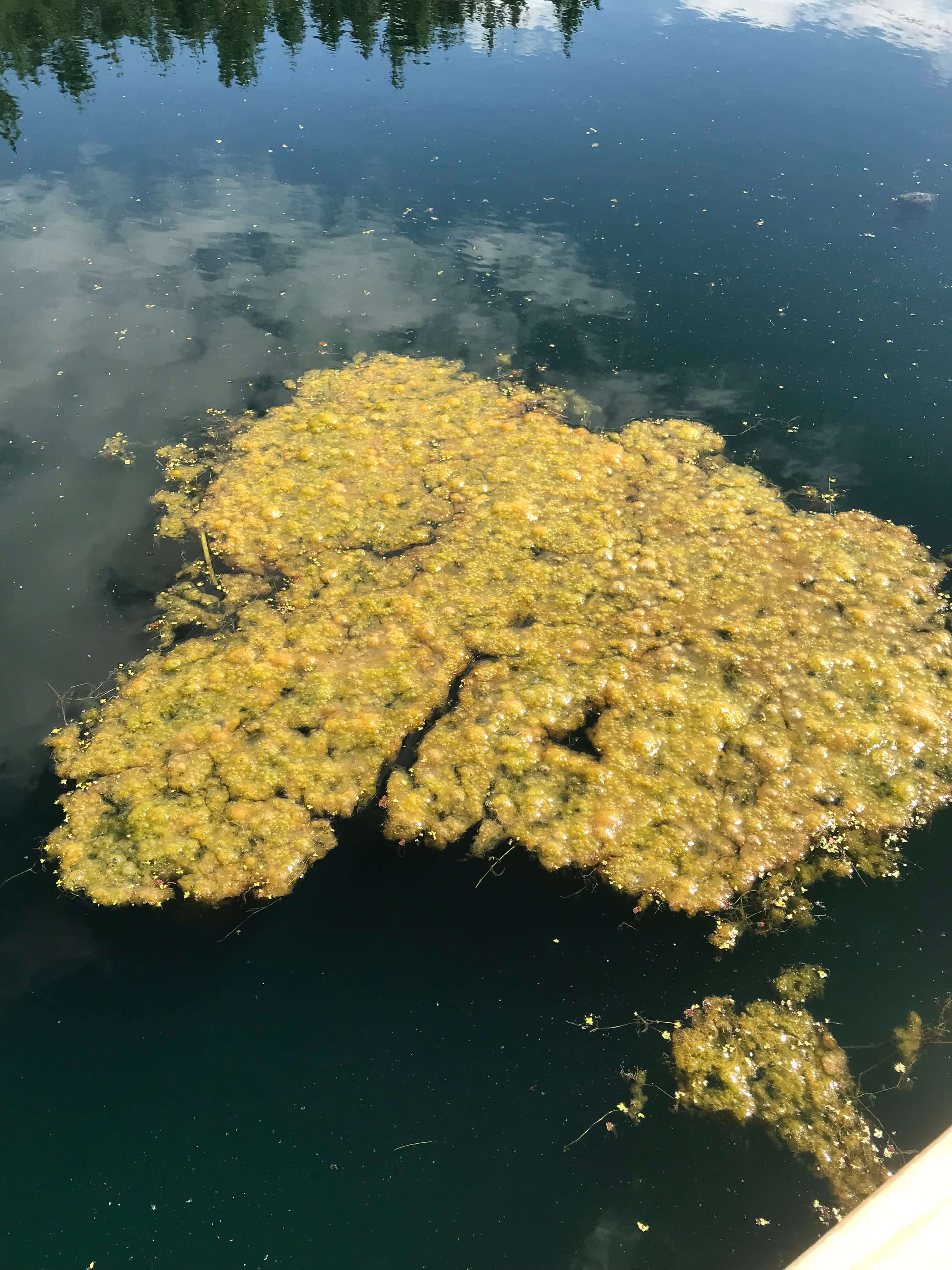Copper has been effectively used as an algaecide for algae control and parasite treatment in aquatic systems for numerous years. It easily dissolves in water, is relatively cost efficient, and removes both filamentous and higher algae. However, a thin line separates success and failure when utilizing copper as an algae treatment, and it is important that land managers understand how to determine doses, what chemical properties of the water can be impacted, and the general precautions associated with copper use.

Water Measurements that Matter
Total Alkalinity– Measures the water’s ability to neutralize acids. If the total alkalinity (TA) of the water is 0-40 ppm, copper should not be used. Alternatively, if the TA is above 250 ppm no more than 2.5 ppm of copper sulfate should be used. As the TA decreases, the chance of copper toxicity increase. Make sure to use parts per million (ppm).
pH– The measurement of the acidity or alkalinity of a solution. Pond pH for fish health should stay between 6 and 9, but closer to 7 is ideal. As the pH decreases (becomes more acidic), the chance for copper toxicity increase.
Determining Amount of Copper to Use
Copper comes in several forms, with copper sulfate being the most common, To calculate the amount needed, divide the TA in ppm by 100. For example, if you measured the TA to be 150 ppm, the equation would be 150 ppm / 100 = 1.5 ppm Copper Sulfate = 1.5 milligrams per liter Copper Sulfate.
Precautions
- Corrosive to steel- rinse containers well
- Do not use in water sources for sheep- sheep have very low tolerance to copper
- Contact with skin and eyes may cause irritation
- Algae increase dissolved oxygen (DO) levels in ponds, quick/dramatic removal of algae may lead to depletion of DO
- Copper is toxic to most zooplankton- be wary if relying on zooplankton as food source
- Copper can accumulate in sediments within ponds
- Have an aeration system in place before using copper treatments
Conclusion
Copper treatments are very effective in the control of algae and some external parasite issues in pond settings. However, water analysis of TA and pH is required to make a correct calculation on the dose of copper to be used, and DO should be monitored if removing large areas of algae. Algae problems in ponds are easier to prevent than control, and in many situations decreasing the amount of watershed nutrients entering the pond will serve as a great preventative measure.
 0
0
